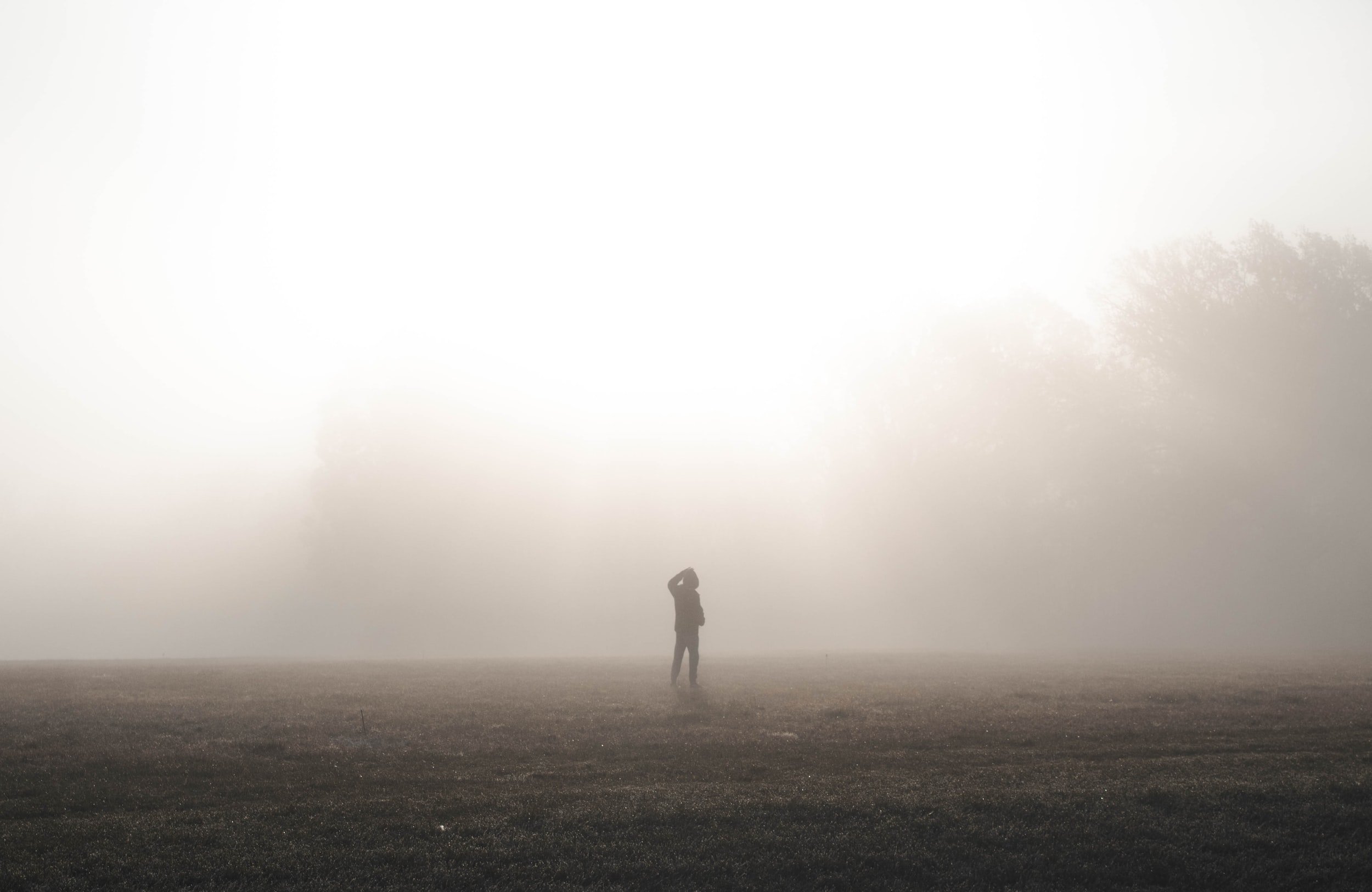
Nodons.
Etymology:
Tolkien (2007) suggests that Nodens means the snarer, catcher or hunter, as seen in old Germanic *ga-niutan. Tolkien (2007) suggests based on the Irish figure Nuada, who is cognate with Nodens, and the fact that Nodens appears only in Western Britain and not on the continent that Nodens is a Goidelic god, introduced from Ireland.
A more modern and convincing etymology is suggested by Matasović (2009) from proto-Celtic *Nowdont, meaning mist or haze. Matasović still etymologically links Nuadu, Nodens and Ludd. Green (2015) suggests that Nodens means ‘cloud-maker’.
Inscriptions:
There are five inscriptions to Nodens, three from Lydney park, and two from Cockersand Moss.
“To the god Mars Nodons, Flavius Blandinus, weapon-instructor, gladly and deservedly fulfilled his vow.” (RIB 305)
“To the god Nodens: Silvianus has lost his ring and given half (its value) to Nodens. Among those who are called Senicianus do not allow health until he brings it to the temple of Nodens. (This curse) comes into force again.” (RIB 306)
“Pectillus gave to the god Nudens Mars the votive offering which he had promised.” (RIB 307)
“To the god Mars Nodons, Aurelius […]cinus (set up) this statuette.” (RIB 616)
“To the god Mars Nodons, Lucianus fulfilled the vow of his colleague, Aprilius Viator.” (RIB 617)
Both RIB 616 and 617 were found with ‘Mars’ statues, but these are now lost. RIB 306 on the dedicatory plate contains a dog in a characteristically barking position, which ties in with the healing and hunting associations of Nodens.
RIB 306 stands out from the other four inscriptions due to the nature of the text, it being a curse tablet, common in Britain (Mees, 2009).
Iconography:
Within the grounds of Nodons temple, nine votive deposits of hounds have been found, including a deerhound and a bronze dog with a human face (Aldhouse-Green, 2018). It is possible that this dog, with a human face, ties Nodons to shapeshifting in some way (Aldhouse-Green, 2018).
There are ties to healing with Nodons, seen in the oculist who operated at the temple, the dormitory for the sick, an ‘interpres’ who interpreted dreams of pilgrims, on top of the associations dogs have with healing and finally Mars as a Celtic healer God (Aldhouse-Green, 2018 and dog guy). The healing of eyes, interpretation of dreams and hunting all tie together one important aspect, that of sight (Aldhouse-Green, 2018). Sight, both physical and inward, could have been seen as a gift from Nodons. Expanding on this, with Nodons etymology coming from the word for ‘mist, haze’ (Matasović, 2009) and RIB 306 being a curse tablet asking for the withholding of health, Nodons could just as easily obscure and take away sight, as He can give and restore it.
Comparative myth:
The fact that Nodons name is cognate with the Irish Nuada and Welsh Nudd/Lludd has led many to suggest either a shared root, or continuation of Nodons worship and myth. Nuada was a great God-King, who in a battle lost His hand and was no longer fit to rule. However, upon a silverhand being made to replace the hand, he took back the throne, this led to Nuada obtaining the epithet ‘Airgetlam’, silver hand. Lludd/Nudd has a cognate epithet ‘Llaw Ereint’. In Nodons temple we find a bronze arm, which was displayed upright (Haeussler, 2017). This may suggest a similar myth for Nodons as Nuada and Lludd, where Nodons in some battle lost his hand, or perhaps more accurately his arm.
Bibliography:
Aldhouse-Green, M.J. (2018). Sacred Britannia: the gods and rituals of Roman Britain. London; New York: Thames & Hudson.
Haeussler, R., 2017. The importance of location: religious inscriptions from archaeological contexts. Celtic religions in the Roman period, pp.339-362.
Ranko Matasović (2009). Etymological dictionary of proto-Celtic. Leiden: Brill.
RIB 305, Dedication to Mars Nodons, Roman Inscriptions of Britain, https://romaninscriptionsofbritain.org/inscriptions/305
RIB 306, Curse upon Senicianus, Roman Inscriptions of Britain, https://romaninscriptionsofbritain.org/inscriptions/306
RIB 307, Dedication to Nudens Mars, Roman Inscriptions of Britain, https://romaninscriptionsofbritain.org/inscriptions/307
RIB 616, Dedication to Mars Nodons, Roman Inscriptions of Britain, https://romaninscriptionsofbritain.org/inscriptions/616
RIB 617, Dedication to Mars Nodons, Roman Inscriptions of Britain, https://romaninscriptionsofbritain.org/inscriptions/617
Tolkien, J.R.R., 2007. The Name "Nodens". Tolkien Studies, 4(1), pp.177-183.